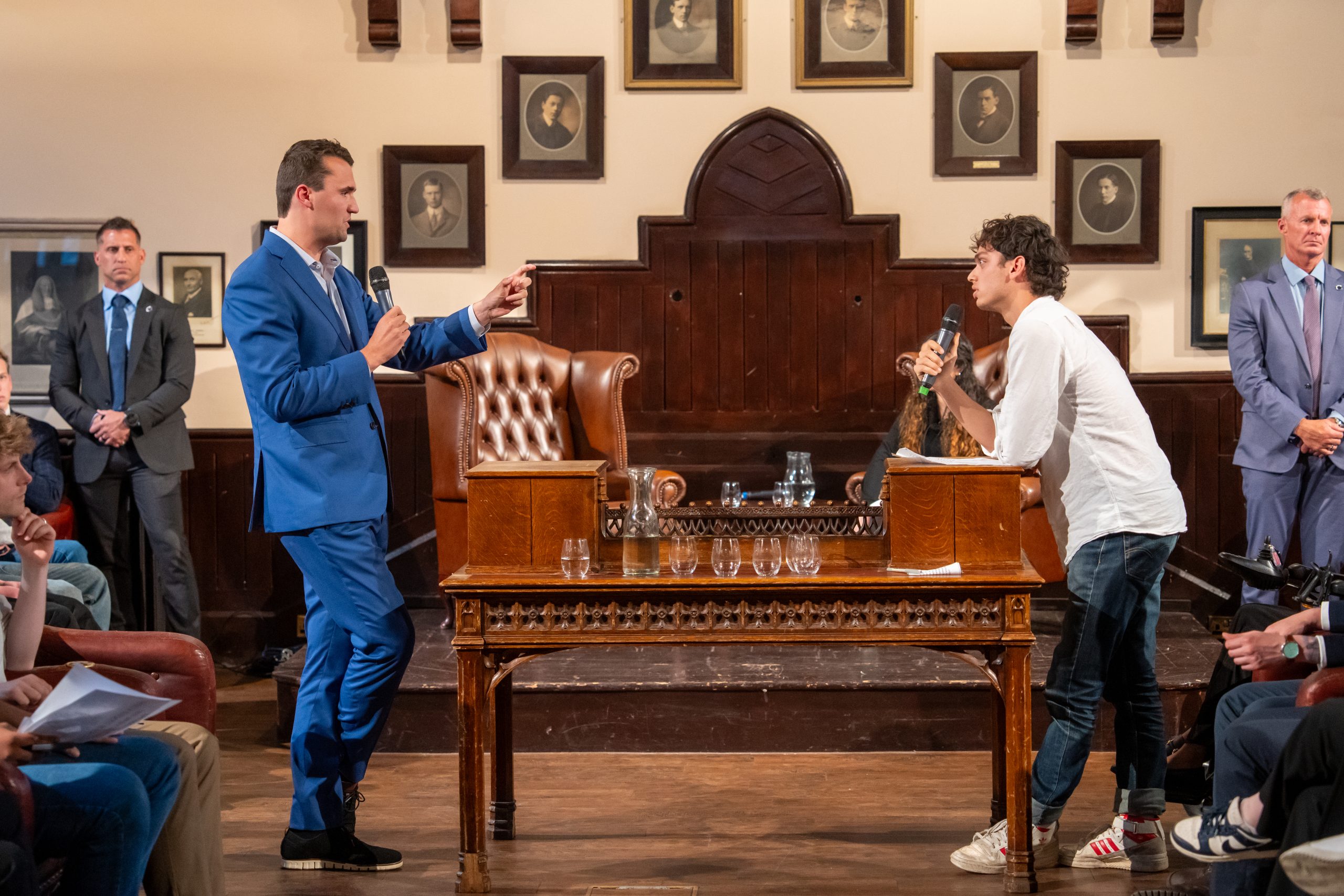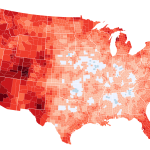The recent death of right-wing activist Charlie Kirk has ignited a renewed debate surrounding the complexities of free speech, a cornerstone of democratic societies yet a concept fraught with inherent tensions. While lauded by some as a champion of free expression for his outspoken views and campus debates, others view him as a figure who actively undermined the very principle he purported to champion. This duality highlights the precarious balancing act inherent in safeguarding free speech while mitigating its potential for harm.
The Power and Peril of Unfettered Expression
Free speech, enshrined in many nations’ constitutions, is fundamental to a healthy democracy. It allows for the open exchange of ideas, facilitates dissent, and holds power accountable. However, this freedom is not absolute. The line between legitimate expression and harmful speech remains a subject of ongoing debate and legal interpretation. Kirk’s legacy, marked by both passionate advocacy and controversial actions, serves as a potent case study in this ongoing struggle. His outspoken critiques, often delivered on college campuses and through his podcast, resonated with his supporters but alienated many critics. The creation of a controversial “watchlist” further complicated this narrative, fueling accusations that he was weaponizing free speech against his perceived adversaries.
Navigating the Nuances: Hate Speech vs. Free Expression
The central challenge lies in defining the boundaries of acceptable speech. While the protection of unpopular opinions is crucial, the potential for hate speech, incitement to violence, and the spread of misinformation poses a significant threat to social harmony and public safety. The question then becomes: where do we draw the line? Legal systems worldwide grapple with this question, with varying approaches to regulating hate speech and other forms of harmful expression. Some argue for stricter regulations to protect vulnerable groups from harassment and violence, while others emphasize the importance of preserving even offensive speech to maintain a truly open marketplace of ideas. The absence of a universally accepted definition of “harmful speech” further complicates the matter, leading to inconsistencies in application and enforcement.
The Path Forward: Fostering Responsible Discourse
The debate surrounding free speech is not simply a legal or political one; it is deeply intertwined with social and ethical considerations. Moving forward, fostering a culture of responsible discourse is paramount. This requires not only robust legal frameworks but also a commitment from individuals and institutions to engage in respectful dialogue, even when faced with opposing viewpoints. Promoting media literacy and critical thinking skills can help individuals discern credible information from misinformation, reducing the impact of harmful speech. Furthermore, open and honest conversations about the limits of free speech, coupled with a commitment to inclusivity and tolerance, are essential to navigating the inherent tensions and ensuring that this fundamental right remains a force for good in society.
Conclusion:
The death of Charlie Kirk has served as a stark reminder of the delicate balance required in safeguarding free speech. While the right to express oneself freely is paramount, so too is the responsibility to do so without inciting hatred, violence, or misinformation. Finding this balance requires ongoing dialogue, thoughtful legal frameworks, and a collective commitment to fostering a culture of respectful and responsible communication. Only then can we truly harness the power of free speech for the betterment of society.
Based on materials: Vox





